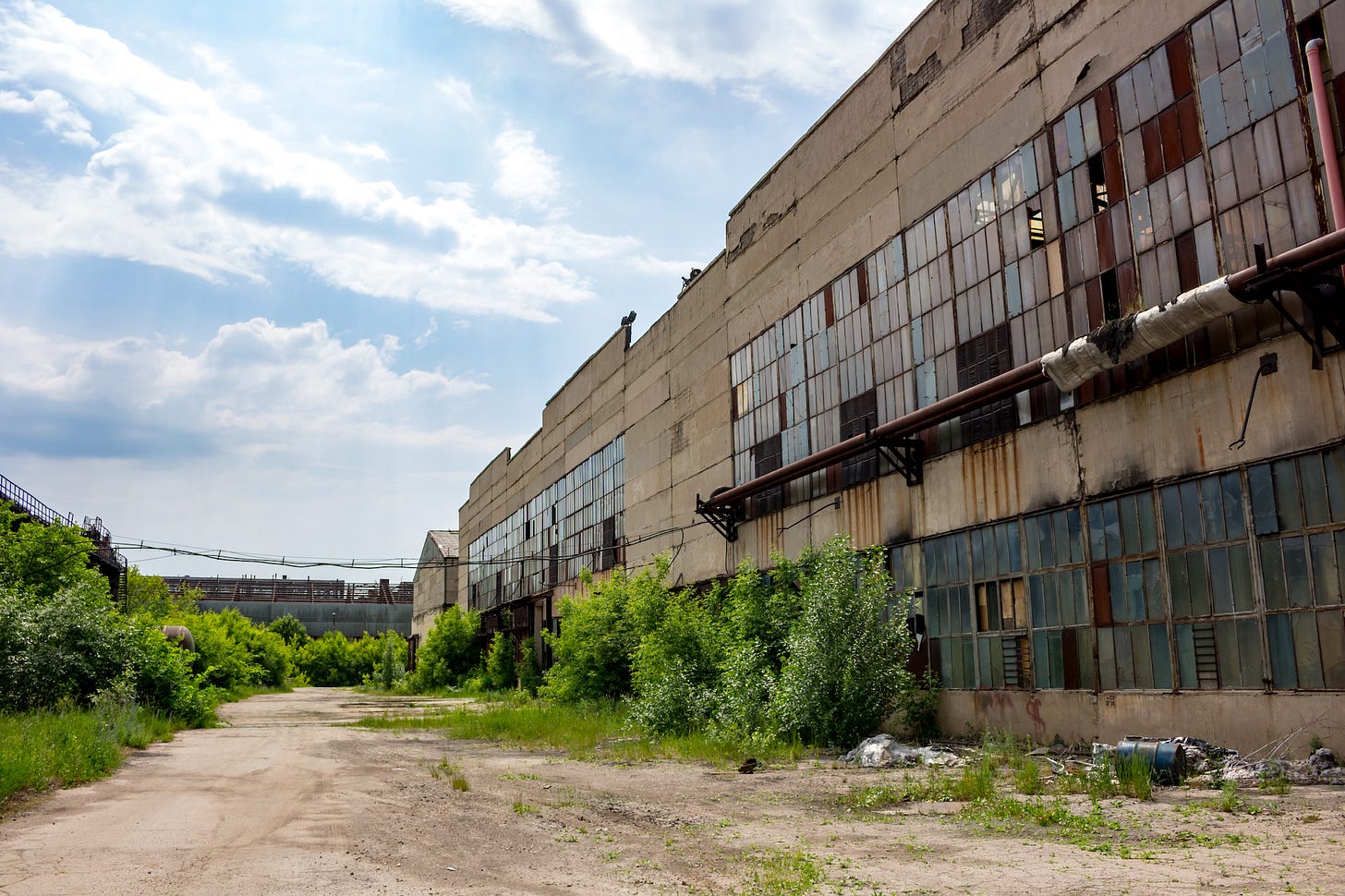The Illusion of Leverage: Why Trump’s Trade Strategy Could Trigger the Next Global Shock
As U.S. officials fly to Switzerland for emergency talks with China, the real story isn't who made the call, it's who’s running out of time.
The global economy is inching toward a confrontation it’s been trying to avoid since 2018. On the surface, the upcoming U.S.-China trade talks in Switzerland may look like a routine diplomatic skirmish. In reality, they’re a high-stakes emergency meeting between two economic titans navigating inflation, election cycles, and the slow unraveling of a global trade order.
It is not a matter of who called whom first, though that detail alone has become a geopolitical Rorschach test, but rather, who has more room to maneuver. All signs point to Washington approaching these talks with diminishing leverage and growing urgency.
For years, Asian exporters China, Japan, South Korea, and others stockpiled U.S. dollars to facilitate trade and buy American goods. But with Trump’s 145% tariffs choking import flows, those dollars now sit idle. If trade volumes continue falling, exporters will have no reason to hold onto greenbacks, triggering what some economists are calling a “slow-motion dollar dump.”
Estimates suggest a potential selloff of $2.5 trillion in dollar reserves, an exodus that would rattle financial markets, drive up U.S. interest rates, and weaken global confidence in the dollar as the world’s reserve currency. Already, the dollar index is down 8%, and that's before the full impact of post-March front-loading settles in.
The selloff threat is not theoretical. It’s the logical consequence of a trade policy that weaponized tariffs without securing structural reforms or diversification. And as the dollar weakens, the cost of everything from imported electronics to federal borrowing will rise, leaving U.S. consumers and policymakers boxed in.
While Trump’s economic team hopes for a capitulation from Beijing, China is busy rewriting the rules. The People’s Bank of China has already trimmed its reserve requirement ratio, injecting ¥1 trillion ($140 billion) in liquidity. It’s preparing stimulus waves targeting autos, small businesses, and even the stock market, aimed not just at softening the tariff blow, but at strengthening domestic consumption.
China is doing what the U.S. cannot: stimulating growth without crossing the red line of monetary collapse. Trump’s team, anchored by Besson, is constrained by sky-high interest rates and a mountain of debt. There’s no room left for quantitative easing without risking financial panic. Beijing, meanwhile, is actively creating credit, fueling demand, and deepening ties with alternative trade partners.
This isn’t 2018 anymore. China has more policy tools at its disposal and fewer illusions about U.S. goodwill.
Trump’s tariffs weren’t just punitive, they were pitched as predictive, a way to nudge U.S. firms into bringing manufacturing home. But the supposed reshoring boom? It’s mostly smoke and mirrors. Aside from a handful of high-profile announcements and partially built factories, the actual return of durable, large-scale industry has been marginal at best.
Why? America has neither the infrastructure nor the political will to sustain a real manufacturing renaissance. The workforce isn’t trained. The supply chains aren’t local. The capital investment hasn’t arrived. And in many regions, the old industrial facilities were bulldozed long ago to make room for condos, Amazon warehouses, or parking lots.
So instead, we get a dependency cycle: companies adjust to tariffs by hiking prices or rerouting supply chains, not by rebuilding. Tariffs don’t protect jobs, they protect narratives. And now those tariffs are politically sticky. Lowering them would expose just how hollow the reshoring pitch really was. Keeping them risks deepening inflation and sparking more global retaliation.
This is the policy equivalent of addiction. You can't quit without crashing.
In 2018, Trump started a similar tariff offensive. It escalated for nearly two years, tanked farm exports, destabilized supply chains, and ended in a hastily signed “Phase One” agreement that papered over most unresolved issues. Tariffs didn’t force fundamental changes in Chinese industrial policy. They didn’t reduce the trade deficit. They didn’t break Beijing’s long-term planning.
This time, the stakes are even higher, and the U.S. is weaker. Back then, Washington could stimulate with low interest rates and cheap debt. Today, those tools are gone. Instead, Trump is gambling on brute pressure without a monetary parachute.
China, on the other hand, has studied the playbook and edited it.
One of the most underappreciated shifts underway is the slow relocation of global reserves. As trust in U.S. stability erodes, countries are beginning to pivot. Canada’s trade with the U.S. dropped 6.6% in March, but exports to other nations rose nearly 25%. India, Brazil, the UAE, and even long-time allies in the EU are diversifying their currency holdings and trade relationships.
The petrodollar era isn't over, but it's wobbling. As more countries begin settling trade in yuan, euros, or even digital currency baskets, the U.S. loses the hidden privilege of seigniorage: the power to print money that others must accept. It’s not a cliff but a slope, and we’ve started the descent.
Enter Secretary Bessent, now the administration’s public face on trade, caught between Trump’s maximalist instincts and the reality of collapsing port traffic. In a recent briefing, Bessent hinted that all other nations might soon be offered “a number”, an arbitrary tariff rate they can accept or reject. It’s less diplomacy than game show brinkmanship.
But here’s the catch: Trump can’t de-escalate without looking weak. He can’t escalate without risking recession. And Bessent, for all his smooth delivery, can’t conjure leverage that no longer exists.
In Switzerland this weekend, they won’t be negotiating from strength. They’ll be managing decline and trying to hide it.



